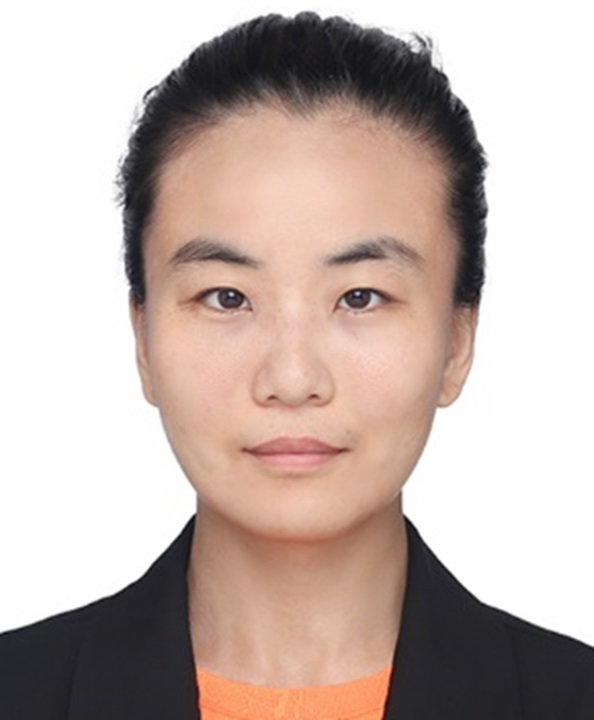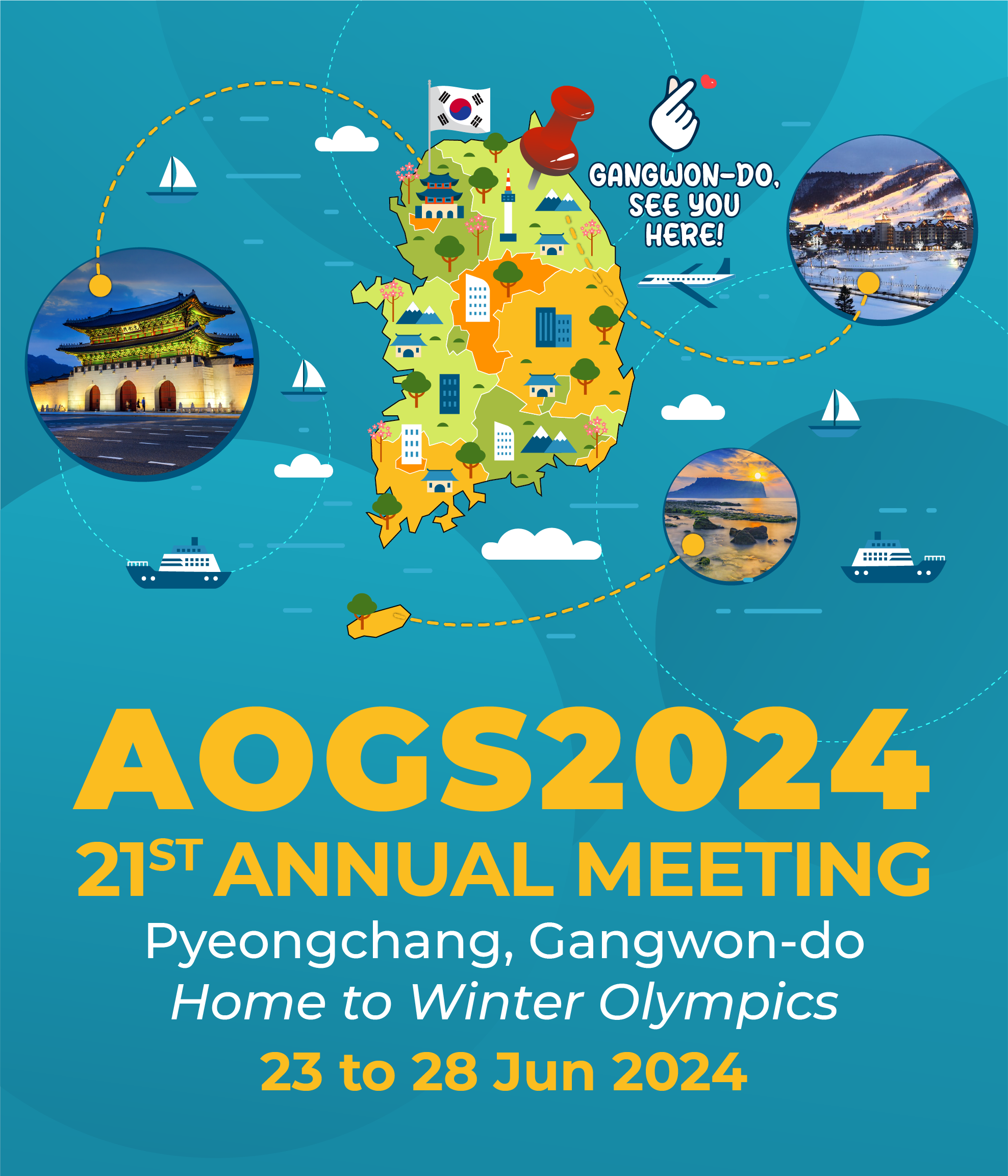
ST Kamide Lecture | 26 Jun (Wed) 11:00 AM - 12:30 PM | Pyeongchang Hall II, Alpensia Convention Center

Shan WANG
Assistant Professor
Peking University
Dr. Shan Wang now works as an assistant professor in Peking University, China. She had the Bachelor’s degree in space physics in Peking University, and earned the Ph.D degree in physics in University of New Hampshire, USA, in 2015. She worked in University of Maryland at College Park, USA, as a postdoc and then an assistant research scientist during 2015-2022. Dr. Wang’s main research interest is the fundamental physics during magnetic reconnection and shocks, using space observations and particle-in-cell simulations, with which she has published about 80 papers.
An Introduction of Magnetic Reconnection: Particle Dynamics and Waves
Magnetic reconnection is a ubiquitous phenomenon in plasma physics, and it is a key process in the solar-terrestrial space environment. A most outstanding feature of reconnection is the explosive energy conversion from electromagnetic fields to plasmas. Thanks to the advanced space measurements and kinetic simulations, the community has made great progress on unravelling the central reconnection region and understanding the fundamental physical processes during reconnection. Particles experience demagnetized motion in the diffusion region and bounce in the exhaust. During the process, direct acceleration by the electric field, Fermi, Betatron mechanisms, etc., work together to accelerate particles and shape highly structured distribution functions. Such distributions with relative motions of multiple populations, anisotropy, or non-gyrotropy initiate plasma waves from the ion to electron scales, which in turn contribute to thermalize distributions. In this presentation, we will take a brief overview of these processes. Let’s try to figure out what happens in each sub-region of reconnection and what the physical logics are between the processes.
